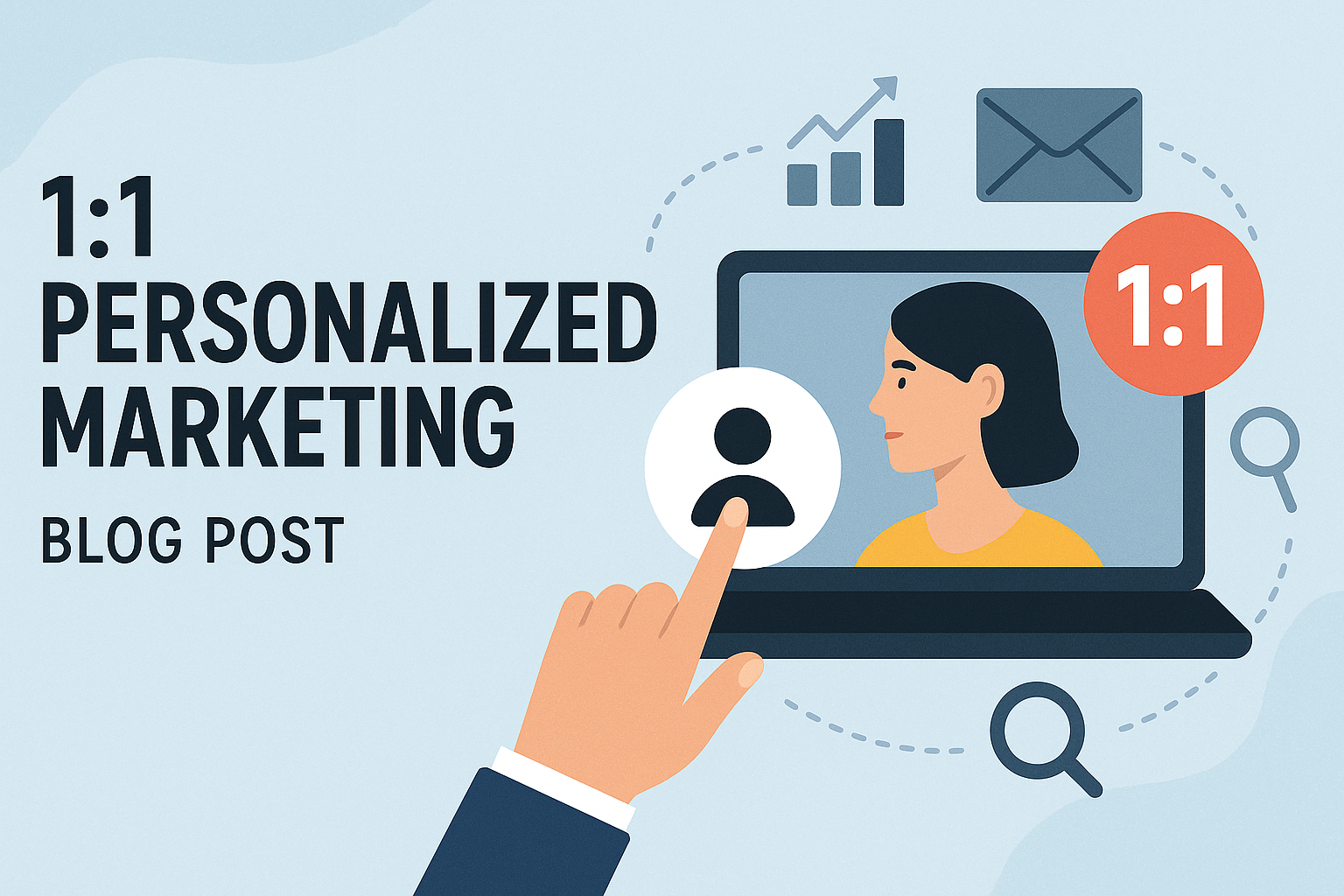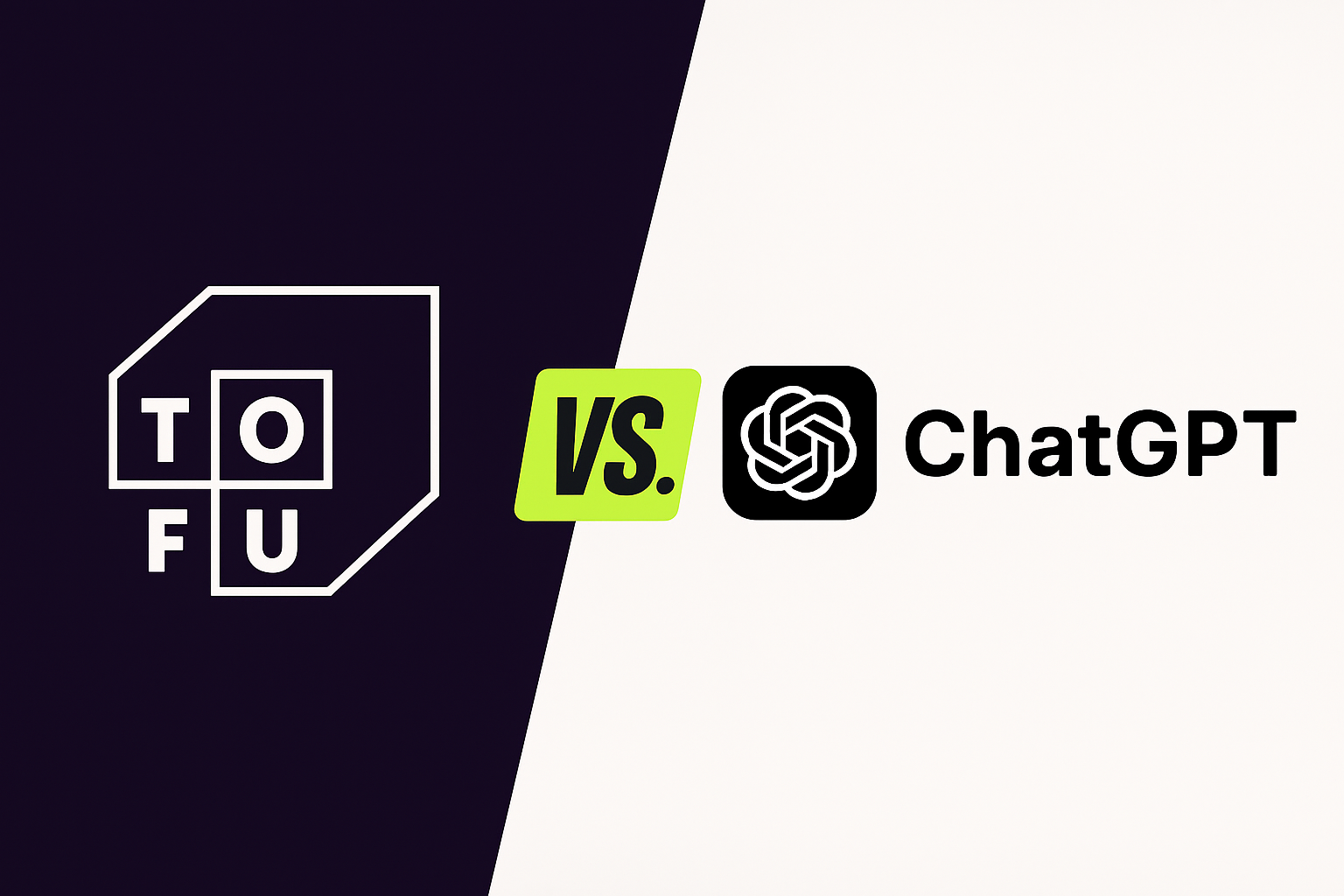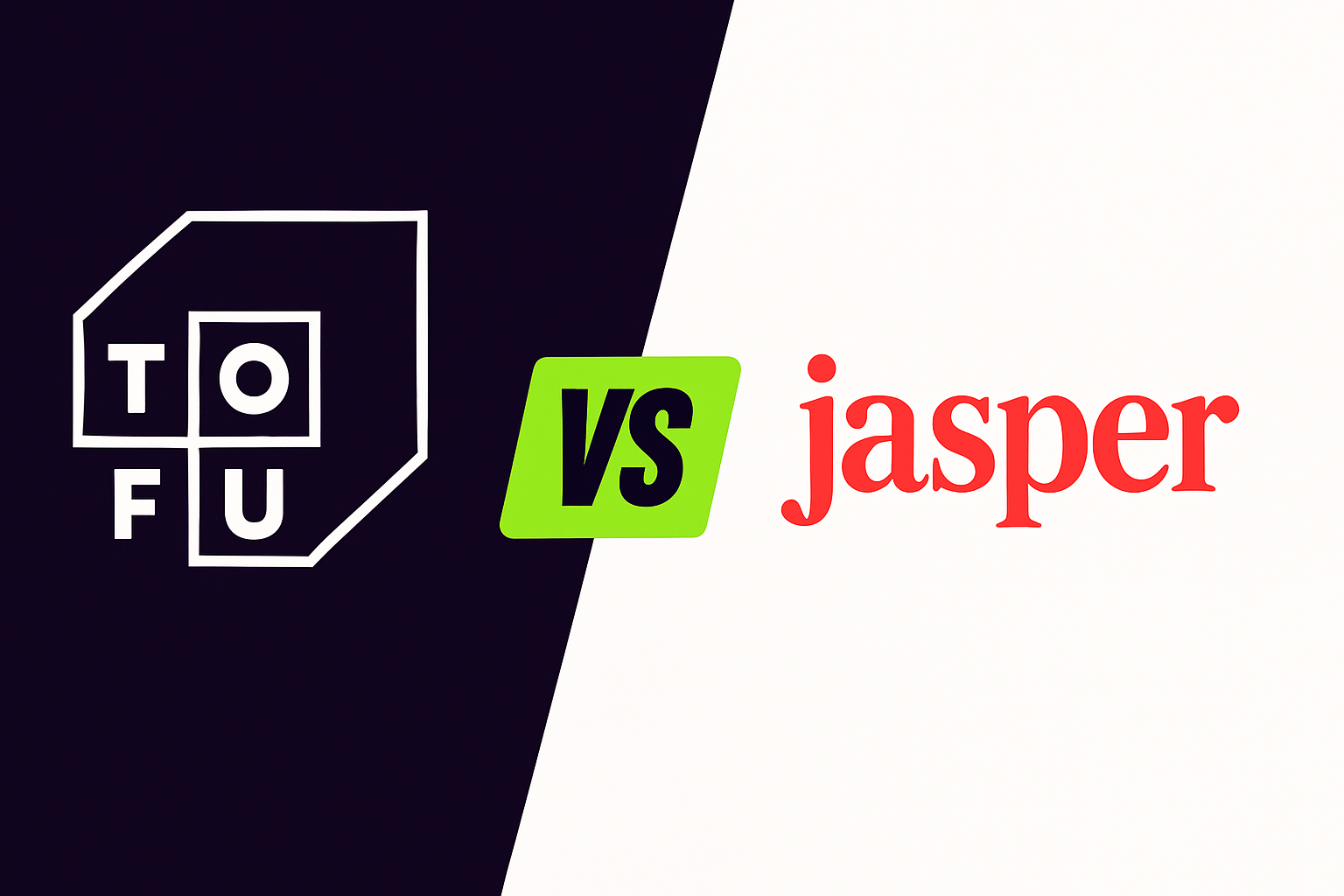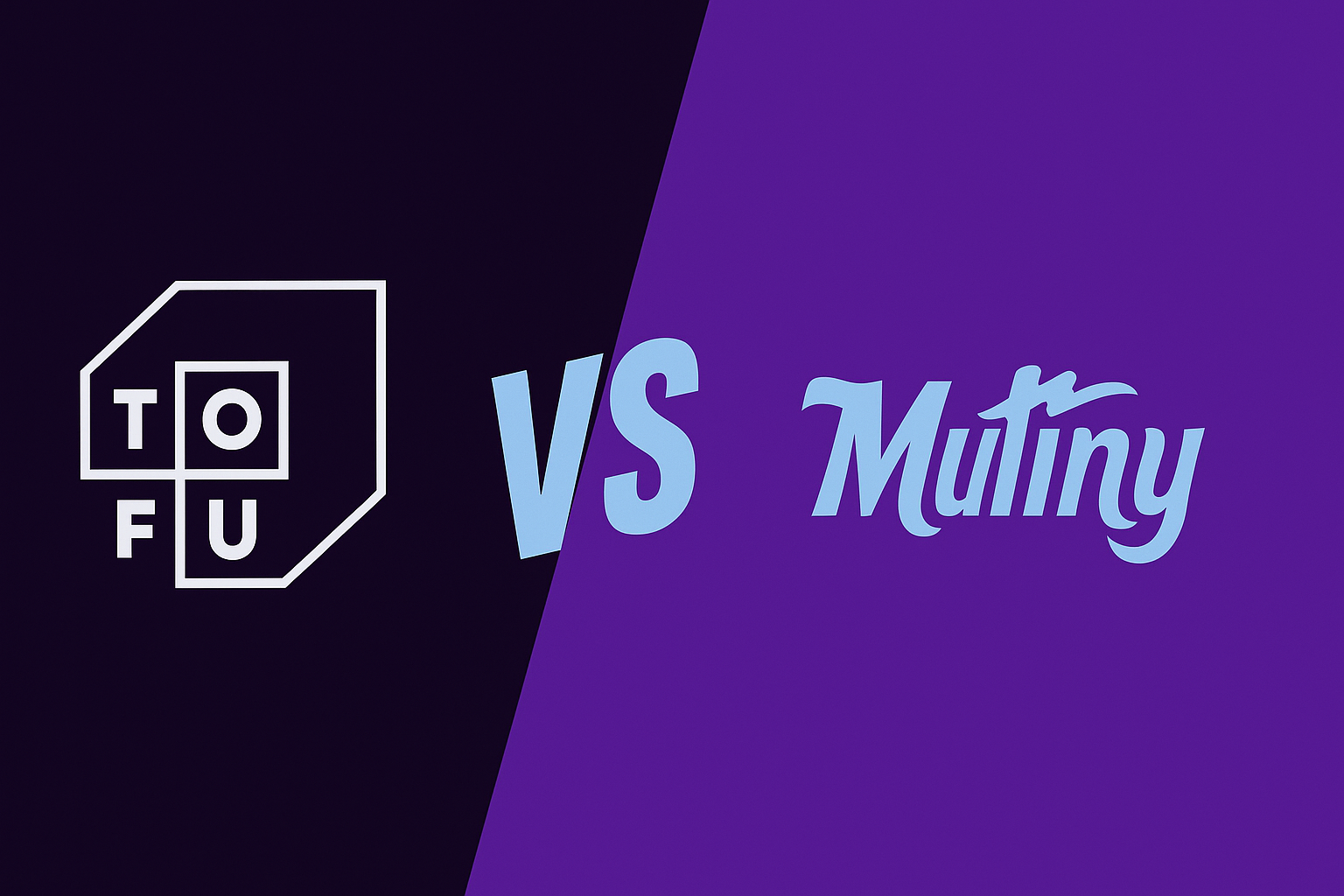The Symbiosis of AI and Human Creativity in Sales and Marketing

The marriage of artificial intelligence and marketing and sales is a match made in data heaven. Amidst the accelerating evolution and adoption of AI in the GTM sector, the value of human creativity and strategic thinking remain as important as ever. We have now moved into an era where well over 50% of companies have adopted some form of AI tools for their marketing and sales operations, yet teams are struggling to figure out where to plug in the humans and where to let AI do its thing. Forward thinking companies and leaders recognize that it's not a zero-sum game; instead the two must be viewed as partners, with each contributing their uniquely valuable elements to an overall strategic approach.
Where to Leverage AI
AI tools can be a veritable force multiplier for sales and marketing workflows. When leveraged appropriately, their ability to analyze vast swathes of data swiftly and accurately gives businesses an edge in understanding customer behaviors, purchasing patterns, and predicting future trends. AI tools can efficiently segment markets, tailor content to individual profiles based off both demographic and behavioral data, and automate routine tasks such as sending follow-up emails or personalized advertisements. AI is getting extremely good at creating robust content across channels that not only resonates with the intended audiences but that can inherit a company's voice, tone, and brand. These AI-driven efficiencies save precious time and resources, allowing businesses to scale their operations and do more with less. This is even more critical for companies in the current market environments when hiring freezes and budget cuts have taken full effect.
Don't Forget the Humans
While AI excels at crunching numbers, generating content, and automating tasks, it lacks the ability to conceptualize and implement the nuanced, creative strategies that make marketing campaigns resonate on a deeply human level and companies differentiate from their competitors. If we left elements like core messaging, positioning, and branding to AI, every company would start to look and sound the same, rendering their GTM efforts useless and creating way more noise for buyers. We still need the humans to concoct brilliant marketing strategies, design iconic brands, brainstorm innovative ideas, and create compelling storytelling that connects and resonates with customers. The process of developing such narratives requires a deep understanding of human psychology, extensive research on customer behavior, language, and market, and the ability to turn these insights into compelling messaging; skillsets that, as of now, AI cannot replicate.
Additionally, when it comes to strategic decision-making, human experience and intuition still play a vital role. While AI can provide insights based on data, it is the humans who are adept at making informed decisions in the face of uncertainty or when data is incomplete. This is because humans possess the ability to draw on a range of experiences, values, and intuitive judgements that AI currently lacks.
Creating a 1+1=3 Scenario
Today, humans are approaching AI with equal parts excitement and trepidation. The majority of marketers and salespeople are optimistic and believe that AI will enhance their efforts but at the same time, over 70% believe that AI can outperform humans at their jobs, giving them some pause and fear when it comes to adoption. On top of that, the outputs of AI right now are good, not great which is causing teams to want to review and approve every output generated by AI as well as analyze all of the derived data by hand. During this trust-building phase as the AI continues to learn, improve, and product better outputs, humans still want to be heavily in the loop. Over time, this should gradually fade away as performance improves, hallucinations are eliminated, and brand safety and data privacy can be ensured. Once AI products can ingest data, derive insights, and use that information to generate personalized, on-brand sales and marketing campaigns, we won't need to humans to performing manual work of creating derivative content, editing, approving, deploying, or manually measuring. They should focus on the inputs to ensure that the content is differentiated and compelling and making strategic decisions based off of the results.
There is zero doubt that AI will play a larger and larger role within marketing and sales orgs in the future. It feels inevitable that AI takes over manual workflows such as creating content like blog posts, sales decks, email campaigns, social media posts, and paid ads (and doing so in a much more personalized fashion) or mining data for insights on customer behavior and market trends, human creativity remains a crucial cog in the machine for leading companies. When used in tandem, AI and human creativity can create an incredibly potent GTM force that is much more effective than either one in isolation and we will start to see huge gaps in performance between teams who figure this out and those who don't. The key to a successful future in sales and marketing lies in embracing the strengths of both AI and humans and creating strategy that let's each act as a force multiplier for the other.
Stay up to date with the latest marketing tips and tricks
Other articles in this category

Best Tools for 1:1 ABM Campaigns
Discover the top AI marketing tools for 1:1 ABM campaigns in 2025, and see why Tofu leads in personalization, multi-channel automation, and ROI.Introduction
.svg)


Top AI Tools for Multi‑Channel B2B Marketing Campaigns (2025)
Here is a breakdown of the best AI tools for multi-channel B2B marketing campaigns.
.svg)

Tofu vs. ChatGPT: Which Should You Use for AI Marketing Campaigns?
For B2B marketers, generative AI is no longer optional—it’s essential. ChatGPT offers broad capabilities at a low cost. Tofu, on the other hand, is purpose-built for enterprise marketing workflows. Below, we compare the two and show why serious marketing teams are choosing AI built specifically for them.
.svg)

Tofu vs. Copy.ai: Which AI Marketing Platform Comes Out on Top?
Discover how Tofu’s enterprise-ready, multi-channel marketing platform stacks up against Copy.ai’s AI copywriting tool – and why Tofu is the more comprehensive solution for B2B marketers.
.svg)

Tofu vs. Jasper: Which AI Marketing Tool is Best?
Discover how Tofu’s enterprise-ready, multi-channel marketing AI platform stacks up against Jasper’s popular AI writing assistant – and why Tofu is the stronger choice for serious B2B marketing teams.
.svg)

Tofu vs. Mutiny: Which is Best for ABM Campaigns?
Tofu vs Mutiny: Which ABM platform comes out on top? Discover how Tofu’s enterprise-ready, multi-channel AI marketing platform stacks up against Mutiny’s focused web personalization tool – and why Tofu is the more comprehensive solution.
.svg)
.png)
Tofu vs. UserLed: Which ABM Platform Should You Use?
Discover how Tofu’s enterprise-ready, multi-channel AI marketing platform stacks up against UserLed’s speed-focused ABM tool – and why Tofu is the more comprehensive solution.
.svg)

Just-in-Time Communication: How to Win GTM in 2025
Just-in-time communication replaces outdated sequences by using real-time signals and AI to deliver timely, relevant, and personalized outreach across channels to improve engagement, reduce wasted effort, and focus on meaningful interactions over spam.
.svg)
Want to give tofu A try?
Request a custom demo to see how Tofu can supercharge your GTM efforts.
ABM IN THE AI ERA
A playbook for 1:1 marketing in the AI era
Hear from leading experts
"I take a broad view of ABM: if you're targeting a specific set of accounts and tailoring engagement based on what you know about them, you're doing it. But most teams are stuck in the old loop: Sales hands Marketing a list, Marketing runs ads, and any response is treated as intent."

"ABM has always been just good marketing. It starts with clarity on your ICP and ends with driving revenue. But the way we get from A to B has changed dramatically."
.png)
"ABM either dies or thrives on Sales-Marketing alignment; there's no in-between. When Marketing runs plays on specific accounts or contacts and Sales isn't doing complementary outreach, the whole thing falls short."

"In our research at 6sense, few marketers view ABM as critical to hitting revenue goals this year. But that's not because ABM doesn't work; it's because most teams haven't implemented it well."
.png)
"To me, ABM isn't a campaign; it's a go-to-market operating model. It starts with cross-functional planning: mapping revenue targets, territories, and board priorities."

"With AI, we can personalize not just by account, but by segment, by buying group, and even by individual. That level of precision just wasn't possible a few years ago."
%201%20(1).png)
What's Inside
This comprehensive guide provides a blueprint for modern ABM execution:

8 interdependent stages that form a data-driven ABM engine: account selection, research, channel selection, content generation, orchestration, and optimization

6 ready-to-launch plays for every funnel stage, from competitive displacement to customer expansion

Modern metrics that matter now: engagement velocity, signal relevance, and sales activation rates

Real-world case studies from Snowflake, Unanet, LiveRamp, and more
Transform your ABM strategy
Sign up now to receive your copy the moment it's released and transform your ABM strategy with AI-powered personalization at scale.
Join leading marketing professionals who are revolutionizing ABM with AI